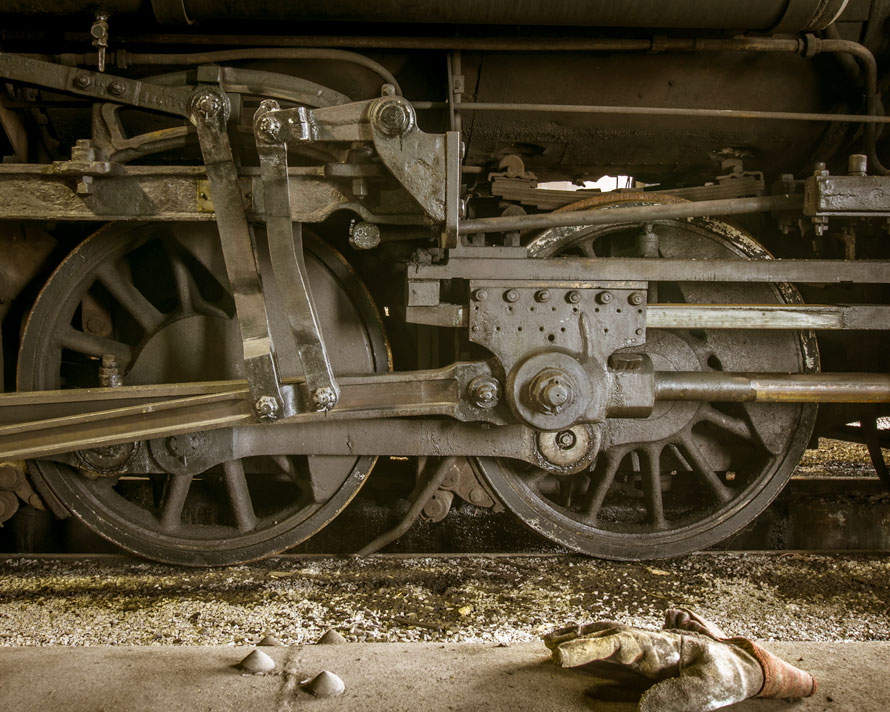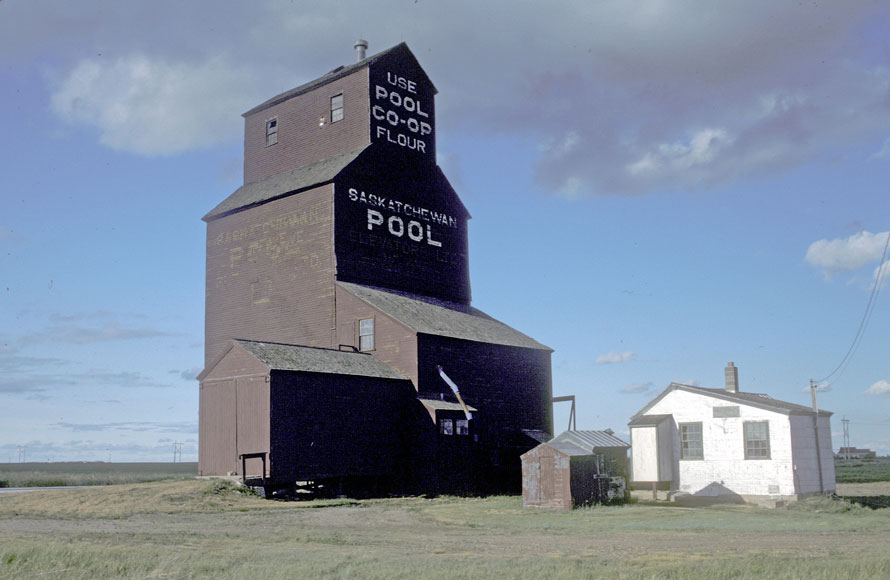
Saving Our Past
I have been thinking about the role of photography in historic preservation lately.
This summer, plans were announced to widen the intersection in a crossroads town here in the county where I live. The change will require the destruction of an old wooden store building, and it is the last vestige of the town as it once was. After the “improvements” are completed, there will be nothing left but a post office, and a four-lane highway lined with fast food restaurants and gas stations.
I serve on the Board of Directors of our local Historical Society, and we discussed what could be done about this loss. Unfortunately, the ramshackle old building is hardly worth saving in spite of its significance, and the resources to save it are simply not available. We decided that instead of trying to save the building, we would tell its story in photographs and documentation and preserve this piece of local history in our museum’s collection.
Then last week, we ran a story here on The Trackside Photographer called “Blowing the Past Away” by John Longhurst, about the destruction of another wooden crib grain elevator in the abandoned town of Thrasher, Saskatchewan. We all lament such losses, but Bruce Elliott brought some valuable perspective when he commented:
“This is a sad moment in both the agricultural and the railroads history in this area. Unfortunately this happens all too often each and every day. On the positive side your photos document for all time its latter day appearance. Many would say that it should have been saved, but there just isn’t enough man power or money to save everything. To history’s advantage you have saved it! Even from your photographs, a model can be built.”

Photo Copyright 2018 by Chuck Bohi.
As anyone who has worked in the field of historic preservation is well aware, finding the resources needed to save our history is difficult, and often impossible. But it is possible to document those things in danger of disappearing through photography, and indeed, photography has always been a key element in preserving and understanding the history of railroading.
And losses accumulate.
Last month we learned that Jim Shaughnessy passed away. In the latest issue of Railroad Heritage, Scott Lothes, the Executive Director of the Center for Railroad Photography & Art, wrote about Shaughnessy and the other artists in the Center’s collection:
“The work of these and so many more artists is special–and critical to the living story of railroading. Jim’s recent passing is a sobering reminder of the narrow window we sometimes face to ensure the posterity of the imagery we hold dear.”
Edd Fuller, Editor
Join us this Thursday, September 6th for a tribute to Jim Shaughnessy by Dennis Livesey, who remembers Jim's influence on his own work and considers the impact of Jim's life on the art of railroad photography.
Yes, losses accumulate. WRT photos of things, yes, they act as some form of preservation, and in the case of the general store so much of the rest of the town has already gotten paved under that preserving intact that single — the LAST single — piece of the old would not accomplish much. But I still find it very depressing that the “improvements” at that crossroads, as in literally tens of thousands of other places, erase all trace of on-the-ground history, and all trace of everything not automobile-centric. In our rush to get from place to place as “conveniently” as possible (i.e. not on foot, or on a train, but solely in our own private automobiles), we have lost a lot of the common space that humans lived in until very recently, and a few photos of the buildings that used to exist cannot come close to capturing what we have, as a society, lost, forever.
Oren, yes, I certainly agree that preserving historic artifacts is not the same thing as preserving our culture. A preserved store building, or station or locomotive cannot, as you point out, restore what we as a society have lost. The best we can hope for, I think, is that preserving and studying the past will lead to a better understanding of the present, and perhaps help us chart a better course forward, although I must admit that I am not very optimistic along those lines. Otherwise, the past is just another tourist attraction, and we will need more roads to get there.